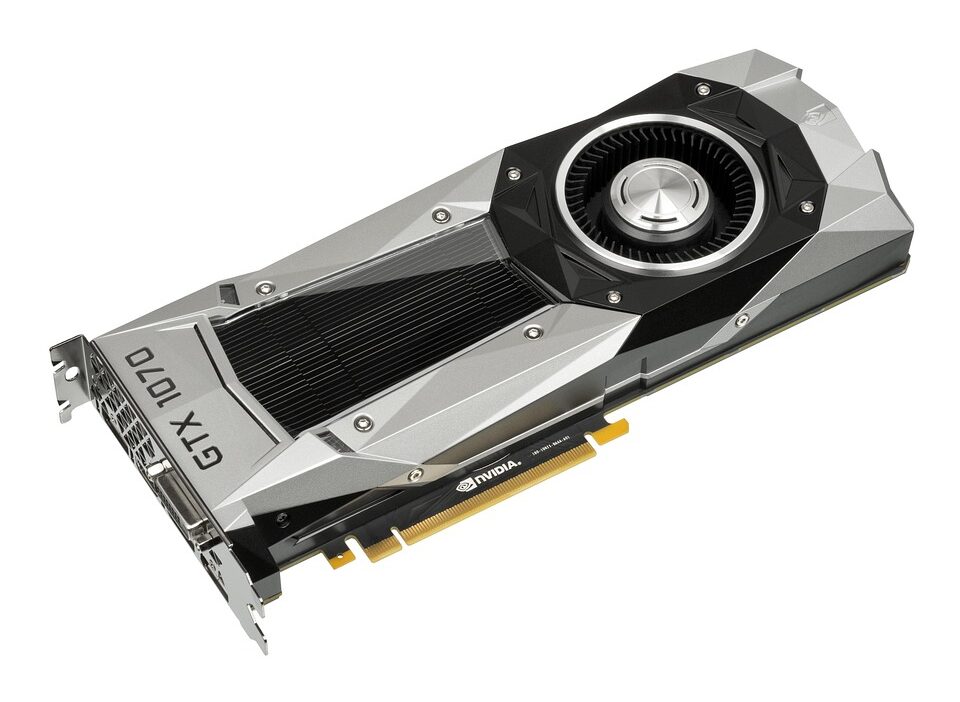As we usher in 2024, the anticipation surrounding NVIDIA’s next-generation graphics processing units (GPUs) is palpable. Following the tremendous success of the RTX 40 series, gamers, content creators, and tech enthusiasts are eager to see how NVIDIA will innovate and set new benchmarks in the ever-evolving landscape of graphics technology. Here’s a deep dive into what we can expect from NVIDIA’s upcoming GPUs in 2024.
Architectural Innovations
One of the hallmarks of NVIDIA’s GPU releases is the introduction of new architectures. Experts predict that NVIDIA will unveil a new architecture, tentatively called "Ada Lovelace 2," which is expected to build on the foundation laid by its predecessor. This new architecture may focus on enhanced ray tracing capabilities, improved AI-driven features, and greater efficiency in power consumption.
Enhanced Ray Tracing and AI Features
Ray tracing has become a staple in modern gaming, delivering photorealistic visuals that were once the domain of high-end rendering farms. The potential for improved ray tracing performance in 2024 could mean smoother frame rates and more lifelike environments. Furthermore, NVIDIA may continue to push its AI algorithms further, maximizing performance through innovations like DLSS (Deep Learning Super Sampling), making high-resolution gaming more accessible without sacrificing graphical fidelity.
Performance Enhancements
With every new generation, NVIDIA has consistently increased the number of CUDA cores, enhancing parallel processing capabilities. The RTX 50 series is expected to offer a significant leap in performance, with reports suggesting up to a 50% increase in performance per watt. This performance enhancement will not only cater to gamers but will also benefit professionals in the fields of rendering, scientific simulations, and machine learning.
Power Efficiency
While performance improvements are crucial, power efficiency is equally important. As GPUs manage more complex tasks, the heat output and energy consumption also rise. NVIDIA is anticipated to leverage its advancements in semiconductor technology and manufacturing processes, possibly transitioning to smaller node sizes, to enhance performance without exponentially increasing power draw.
Gaming at Higher Resolutions
As 4K gaming becomes the norm and 8K gaming is on the horizon, the need for powerful GPUs capable of handling these resolutions is growing. NVIDIA’s next-gen GPUs are expected to excel in 4K performance and provide a more viable option for 8K gaming, capitalizing on the performance enhancements and DLSS technology.
Support for Emerging Standards
With the gaming world constantly evolving, features such as HDMI 2.1 support and Variable Refresh Rate (VRR) technologies are becoming increasingly important. NVIDIA’s new GPUs will likely embrace these standards, ensuring compatibility with the latest gaming displays and technologies, delivering a more seamless gaming experience.
Expanded Ecosystem and Software
Beyond hardware, NVIDIA has significantly invested in its ecosystem, including software and services. Expect an expansion in features related to GeForce Experience, which can enhance user experience through driver optimization, gameplay recording, and streaming enhancements. Furthermore, NVIDIA will likely continue to enhance its RTX Studio platform, making it an invaluable tool for creators in various industries.
Competitive Landscape
The upcoming release is not without challenges. Competing tech giants like AMD and Intel are also gearing up for their next-generation solutions. AMD’s RDNA architecture has shown promising results in the gaming sphere, while Intel’s emerging Arc series is making strides in the GPU market. NVIDIA will need to elevate its game to maintain its position as the market leader by ensuring that its new offerings significantly outpace the competition in terms of performance, features, and value.
Conclusion
As 2024 approaches, all eyes are on NVIDIA and its next-generation GPUs. With anticipated advancements in architecture, performance, power efficiency, and support for new gaming standards, NVIDIA seems poised to push the boundaries of what graphics technology can achieve. Whether you’re a gamer, creator, or tech enthusiast, the excitement around NVIDIA’s upcoming GPUs is unmistakable, promising a transformative year for the world of graphics. Stay tuned; the future of gaming graphics is on the horizon!



